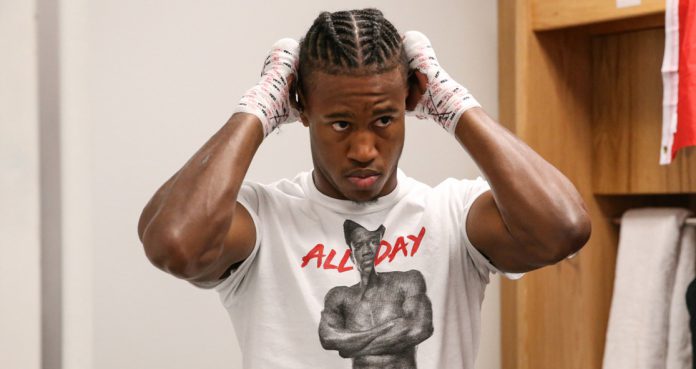Pro Boxer Patrick Day died on Wednesday due to a traumatic brain injury at the age of 27.
According to a statement released by Day’s promoter Lou DiBella, he succumbed to a “traumatic brain injury” after getting knocked out by Charles Conwell on Saturday night in Chicago.
DiBella said, “He was surrounded by his family, close friends and members of his boxing team, including his mentor, friend and trainer Joe Higgins. On behalf of Patrick’s family, team, and those closest to him, we are grateful for the prayers, expressions of support and outpouring of love for Pat that have been so obvious since his injury.”
On Tuesday, Conwell tweeted, “Never meant this to happen to you. All I wanted to do was win. If I could take it all back, I would. No one deserves this to happen to them. I replay the fight over and over in my head thinking what if this never happened and why did it happen to you.”
After getting knocked out by Conwell, Day was down for several minutes and received immediate medical attention. Eventually, he was taken out of the ring on a stretcher. He was then rushed to Northwestern Memorial Hospital.
According to reports, Day had to undergo brain surgery after getting knocked out.
DiBella said, “He was a son, brother, and good friend to many. Pat’s kindness, positivity and generosity of spirit made a lasting impression with everyone he met.”
“He chose to box, knowing the inherent risks that every fighter faces when he or she walks into a boxing ring. Boxing is what Pat loved to do,” added Day’s promoter. “It’s how he inspired people and it was something that made him feel alive.”
Day was a highly decorated amateur before becoming a professional boxer. In 2012, he won the New York Golden Gloves tournament and was an Olympic Team alternate. Dibella explained, “It is very difficult to explain away or justify the dangers of boxing at a time like this. While we don’t have the answers, we certainly know many of the questions, have the means to answer them, and have the opportunity to respond responsibly and accordingly and make boxing safer for all who participate.”























